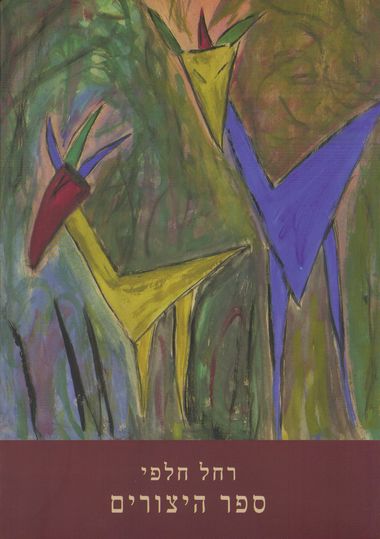
The Book of Creatures
The poetic “I” in Chalfi’s poetry faces the chaos that surrounds and threatens to engulf her; at the same time she craves to flow and merge with the world and its creatures. The urge to merge and flow with the world creates exciting but also perilous experiences. Fusion with the cosmic or social world, the blurring of boundaries between “I” and them, as well as total surrender, are not simple experiences. They are multi-faceted, involve contrasting essences, and Chalfi’s attitude toward them is ambivalent. For these are experiences that threaten the “I” with loss of control and a collision that may lead to the brink of insanity.
These fears are expressed, for example, in the flora and fauna that populate Chalfi’s poetry ‒ real, imaginary or hybrid creatures, sometimes marvels full of vitality, or at others monsters, such as the porcupine fish, the blue shark, the barracuda, the octopus or even brutal household objects. Contact with them is lethal and their love is predatory. These can be seen as projections of opposing emotions: feelings of power and courage, anxieties, distress, ecstatic desire and thrills.

-
“Compassion is the driving force behind Raquel Chalfi’s poetry…Everything in life has substance and value for her, every creature, every object, every moment … She is a poet of the love of life, and precisely when she is writing out of sorrow, humor makes an appearance in her poetry. It enables her to remove the sting from existential suffering and to make the reader laugh. ”
-
“Chalfi has a remarkable talent for depicting characters with a few brushstrokes, so that the distinction between imagination and reality, outer surface and hidden essence, are both canceled out and exposed, enabling the poem to morph into a living illustration, a spectacular show of verbal animation, a breathing, moving creature … There is a surprising freshness in her poems, perhaps because she cuts straight to the heart of a popular image, pulls it out of the childhood memory that shaped it, and pops it onto the page for us with nonchalant virtuosity. ”
